MME Ransomware
Malicious software called MME has been spotted in the wild. The threat acts like a data locker ransomware which means that it infects computer operating systems to lock personal files and extort a ransom fee for their recovery. After the ransomware encodes files, it will append a the specific .MME extension. The worst news is that all files encrypted by MME ransomware remain inaccessible. Their code could be reverted back to its original state with the help of a decryption tool owned by hackers. That’s why MME ransomware creates a ransom note called Read_Me.txt and loads it on the screen of every PC it infects.
In this article, you will find more information about the MME ransomware virus as well as a step-by-step guide on how to remove malicious files from an infected PC and how to potentially recover files encrypted by this ransomware.

MME Virus Summary
| Name | MME also known as Win32:DangerousSig [Trj] (Avast), Trojan:Win32/Woreflint.A!cl (Microsoft), ML.Attribute.HighConfidence (Symantec) |
| Type | Ransomware, Cryptovirus |
| Ransom Note | Read_Me.txt |
| Short Description | Ransomware infection that plagues computer systems, encodes valuable files with strong cipher algorithm and demands a ransom fee. |
| Symptoms | Important files cannot be opened. They appear with the extension .MME appended to their names. A crafted ransom message extorts ransom payment for files decryption. |
| Distribution Method | Spam Emails, Email Attachments, Hacked Websites |
| Detection Tool |
See If Your System Has Been Affected by malware
Download
Malware Removal Tool
|
MME Virus (.MME Files)
MME ransomware is a cryptovirus created to blackmail its victims into paying ransom fees to cybercriminals. In case of infection with this computer threat, your system will be corrupted as well as your personal files.
The infection file that is loading MME virus infection may land on your system after you happen to fall victim to one of the shady methods used for its spread. Malspam, malicious advertising, hacked websites and other vicious methods may be selected by hackers. Malspam or spam email messages that attempt to deliver malicious code on PCs are considered to be preferred. In this case, the malicious MME ransomware may be presented as a file attachment or a link to a hacked website.
The activation of the MME virus on the system enables it to perform lots of malicious operations. It can affect essential system components as well as their settings. Then the ransomware may become able to evade detection and fulfill a data encryption process. For the encryption, MME ransomware will utilize a built-in cipher module designed to scan predefined folders for certain types of files. All files encrypted by the threat are likely to store data valuable to the victim.
The encryption of target files transforms their code and leaves them renamed with the extension .MME. Unfortunately, all of the following types of files may be encoded by MME ransomware:
- Audio files;
- Video files;
- Document files;
- Image files;
- Backup files;
- Banking credentials, etc.
When the virus ends the encryption process it will download or create a ransom note file. This file is named Read_Me.txt and it presents instructions left by hackers. The instructions try to force victims to purchase a decryption tool. Here is a copy of the whole text message:
Attention!
All your files, documents, photos, databases and other important files are encrypted
The only method of recovering files is to purchase a unique decryptor. Only we can give you this decryptor and only we can recover your files.
The server with your decryptor is in a closed network TOR. You can get there by the following ways:
—————————————–
1. Download Tor browser – hxxps://www.torproject.org/
2. Install Tor browser
3. Open Tor Browser
4. Open link in TOR browser: hxxp://mmeeiix2ejdwkmseycljetmpiwebdvgjts75c63camjofn2cjdoulzqd.onion/?101NELNZQXO
5. and open ticket—————————————–
Alternate communication channel here: hxxps://yip.su/2QstD5
Don’t forget that even a successful ransom payment does NOT guarantee the recovery of .MME files. Here is why it is better to refrain from following the steps presented by this note. Some alternative approaches may be in help for the recovery of .MME files. Check out the guide below.

Remove MME Ransomware Virus and Restore Files
The so-called MME ransomware virus is a threat with highly complex code that heavily damages essential system settings and valuable files. So the only way to use securely your infected computer system is to remove all malicious files and objects created by the ransomware.
The ransomware removal guide that follows reveals how you can clean virus files from the infected system manually and automatically. If you don’t feel comfortable with the manual steps, you can download the advanced anti-malware tool we added and let it scan the infected system. All malicious files it detects will be a click away from a complete delete.
- Step 1
- Step 2
- Step 3
- Step 4
- Step 5
Step 1: Scan for MME Virus with SpyHunter Anti-Malware Tool
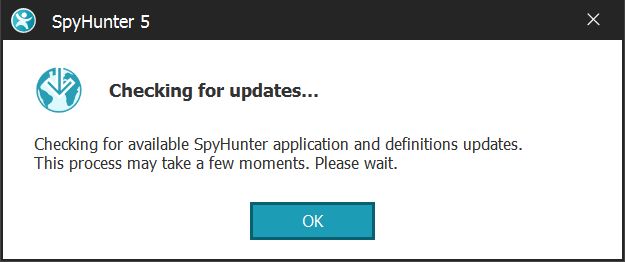
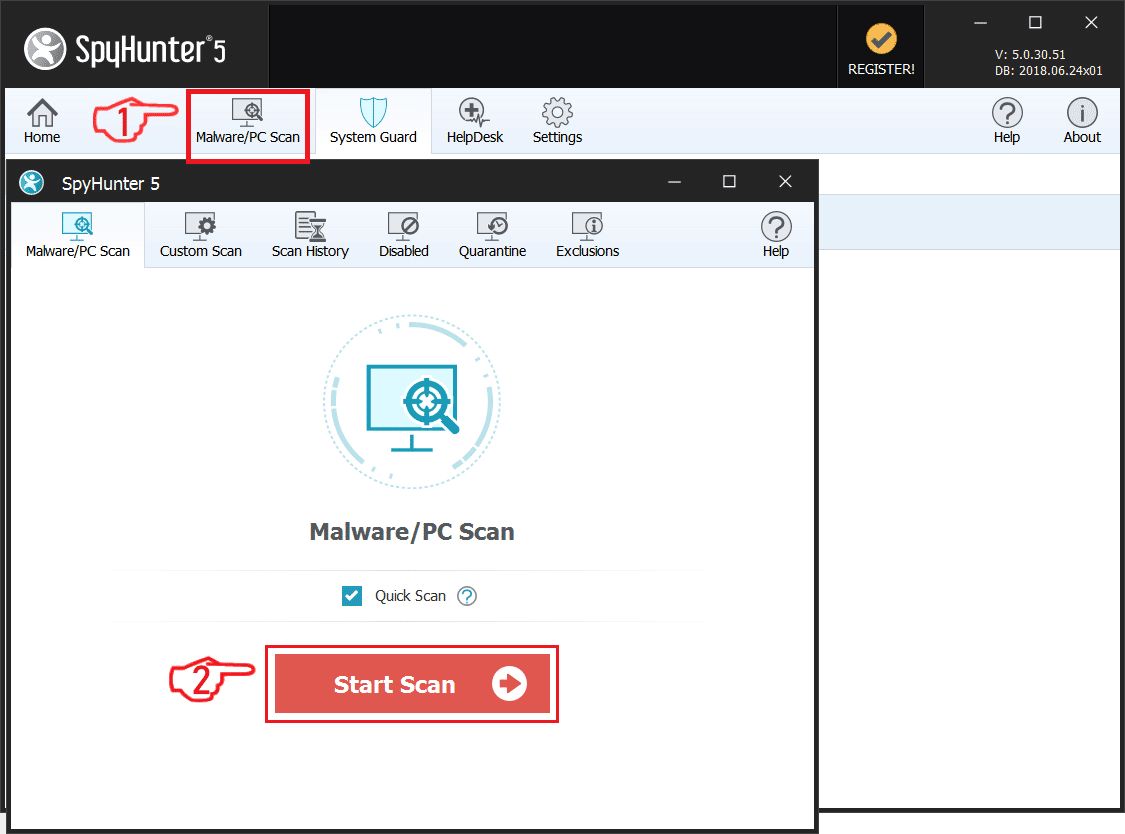
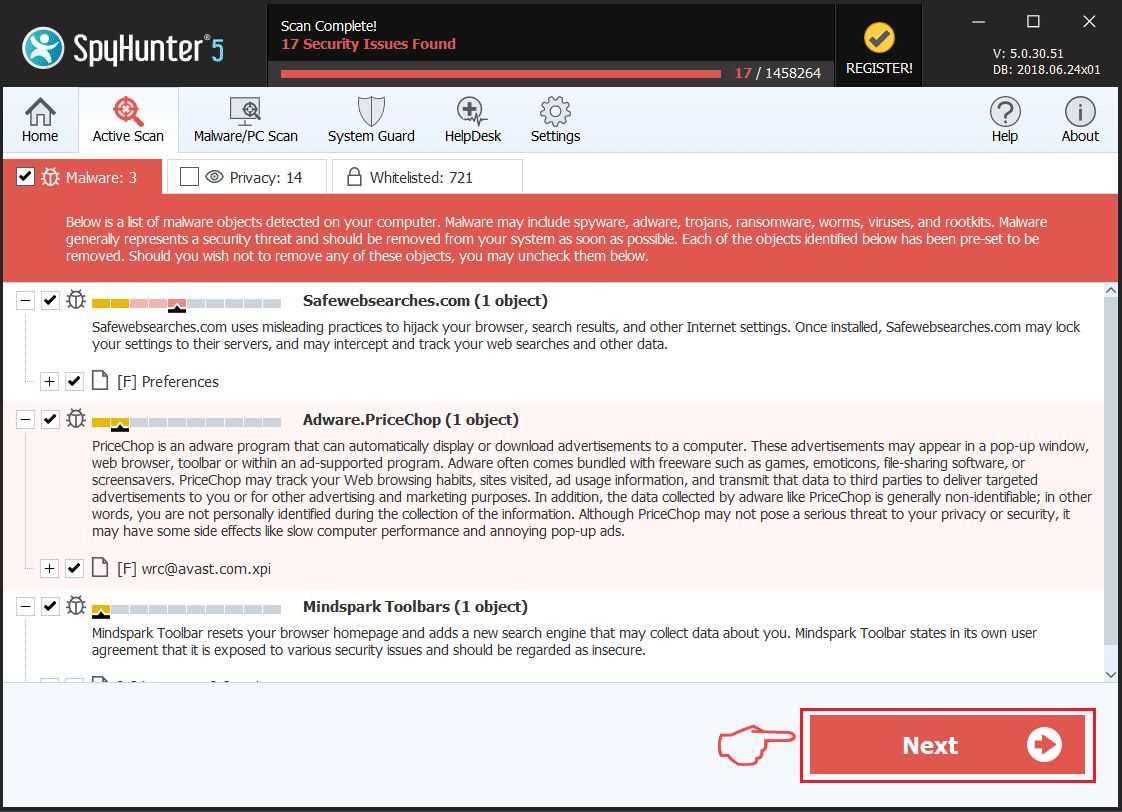
Ransomware Automatic Removal - Video Guide
Step 2: Uninstall MME Virus and related malware from Windows
Here is a method in few easy steps that should be able to uninstall most programs. No matter if you are using Windows 10, 8, 7, Vista or XP, those steps will get the job done. Dragging the program or its folder to the recycle bin can be a very bad decision. If you do that, bits and pieces of the program are left behind, and that can lead to unstable work of your PC, errors with the file type associations and other unpleasant activities. The proper way to get a program off your computer is to Uninstall it. To do that:

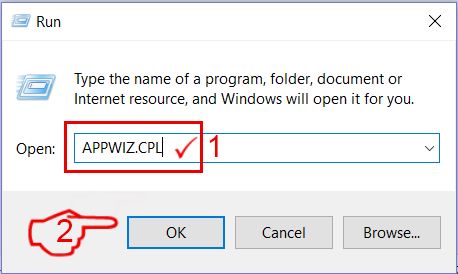
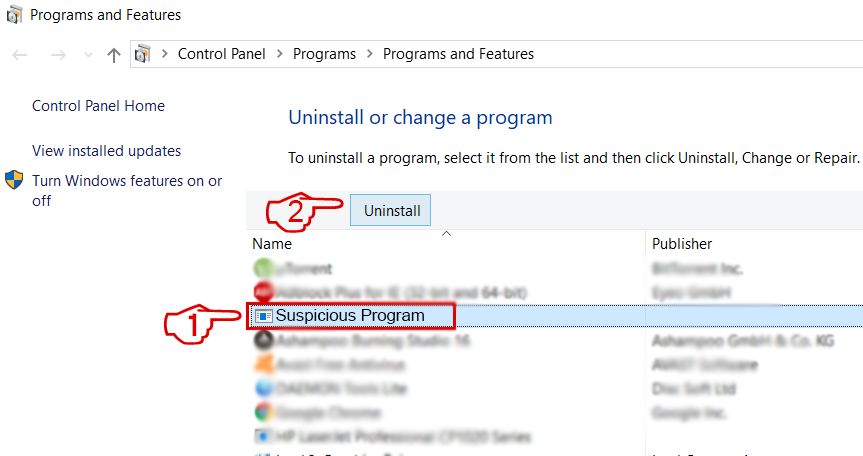 Follow the instructions above and you will successfully delete most unwanted and malicious programs.
Follow the instructions above and you will successfully delete most unwanted and malicious programs.
Step 3: Clean any registries, created by MME Virus on your computer.
The usually targeted registries of Windows machines are the following:
- HKEY_LOCAL_MACHINE\Software\Microsoft\Windows\CurrentVersion\Run
- HKEY_CURRENT_USER\Software\Microsoft\Windows\CurrentVersion\Run
- HKEY_LOCAL_MACHINE\Software\Microsoft\Windows\CurrentVersion\RunOnce
- HKEY_CURRENT_USER\Software\Microsoft\Windows\CurrentVersion\RunOnce
You can access them by opening the Windows registry editor and deleting any values, created by MME Virus there. This can happen by following the steps underneath:
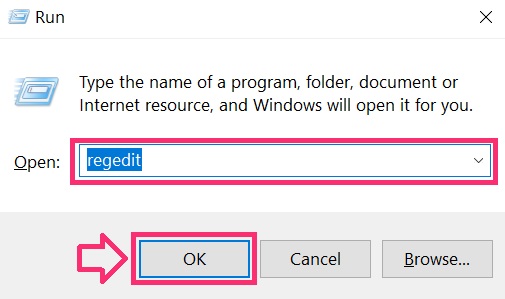

 Tip: To find a virus-created value, you can right-click on it and click "Modify" to see which file it is set to run. If this is the virus file location, remove the value.
Tip: To find a virus-created value, you can right-click on it and click "Modify" to see which file it is set to run. If this is the virus file location, remove the value.
Before starting "Step 4", please boot back into Normal mode, in case you are currently in Safe Mode.
This will enable you to install and use SpyHunter 5 successfully.
Step 4: Boot Your PC In Safe Mode to isolate and remove MME Virus

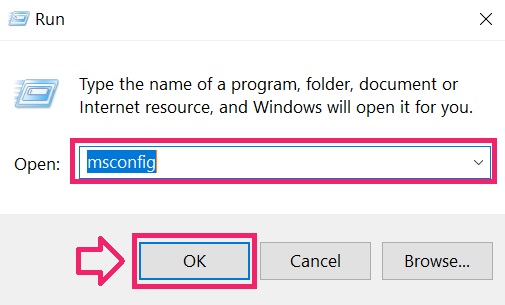
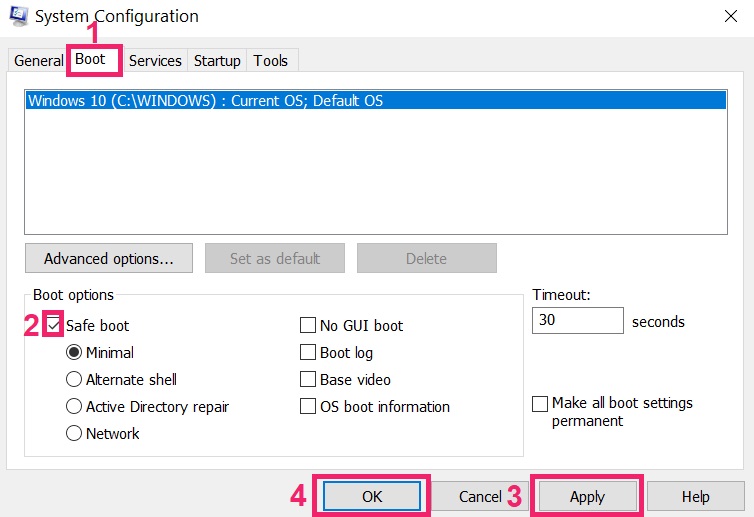
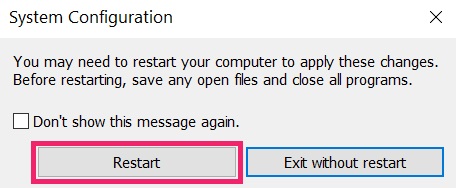
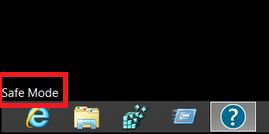
Step 5: Try to Restore Files Encrypted by MME Virus.
Method 1: Use STOP Decrypter by Emsisoft.
Not all variants of this ransomware can be decrypted for free, but we have added the decryptor used by researchers that is often updated with the variants which become eventually decrypted. You can try and decrypt your files using the instructions below, but if they do not work, then unfortunately your variant of the ransomware virus is not decryptable.
Follow the instructions below to use the Emsisoft decrypter and decrypt your files for free. You can download the Emsisoft decryption tool linked here and then follow the steps provided below:
1 Right-click on the decrypter and click on Run as Administrator as shown below:
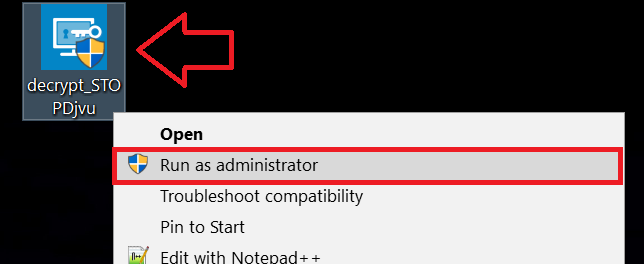
2. Agree with the license terms:
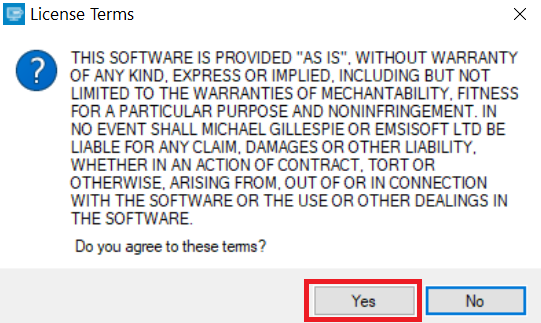
3. Click on "Add Folder" and then add the folders where you want files decrypted as shown underneath:
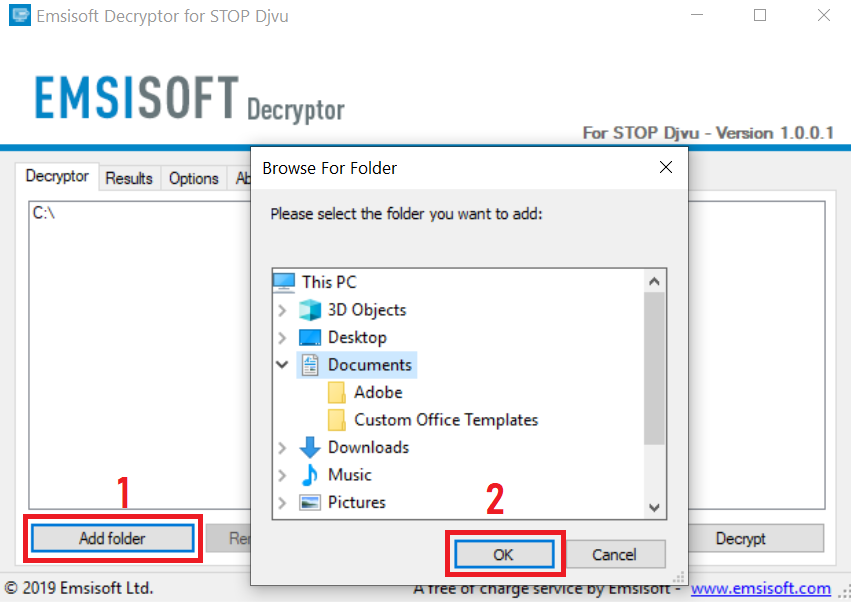
4. Click on "Decrypt" and wait for your files to be decoded.
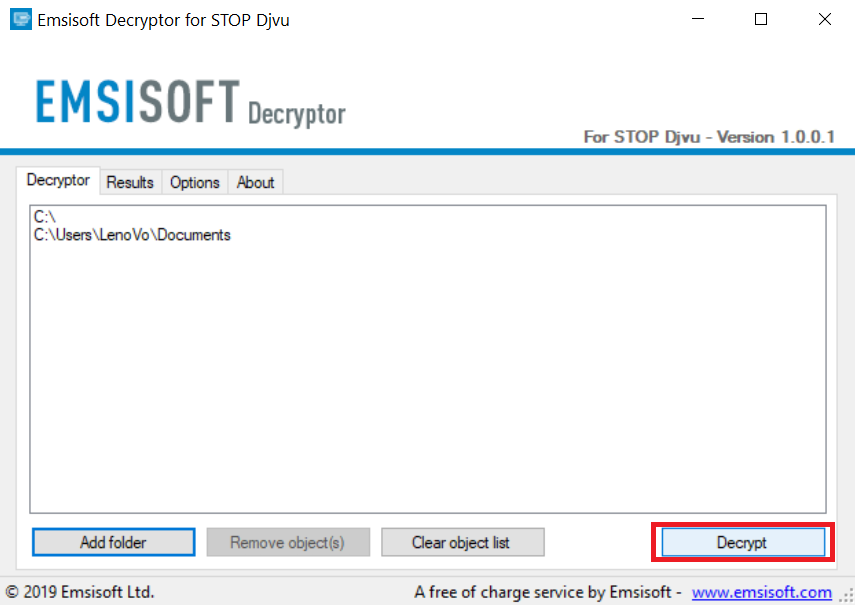
Note: Credit for the decryptor goes to Emsisoft researchers who have made the breakthrough with this virus.
Method 2: Use data recovery software
Ransomware infections and MME Virus aim to encrypt your files using an encryption algorithm which may be very difficult to decrypt. This is why we have suggested a data recovery method that may help you go around direct decryption and try to restore your files. Bear in mind that this method may not be 100% effective but may also help you a little or a lot in different situations.
Simply click on the link and on the website menus on the top, choose Data Recovery - Data Recovery Wizard for Windows or Mac (depending on your OS), and then download and run the tool.
MME Virus-FAQ
What is MME Virus Ransomware?
MME Virus is a ransomware infection - the malicious software that enters your computer silently and blocks either access to the computer itself or encrypt your files.
Many ransomware viruses use sophisticated encryption algorithms to make your files inaccessible. The goal of ransomware infections is to demand that you pay a ransom payment to get access to your files back.
What Does MME Virus Ransomware Do?
Ransomware in general is a malicious software that is designed to block access to your computer or files until a ransom is paid.
Ransomware viruses can also damage your system, corrupt data and delete files, resulting in the permanent loss of important files.
How Does MME Virus Infect?
Via several ways.MME Virus Ransomware infects computers by being sent via phishing emails, containing virus attachment. This attachment is usually masked as an important document, like an invoice, bank document or even a plane ticket and it looks very convincing to users.
Another way you may become a victim of MME Virus is if you download a fake installer, crack or patch from a low reputation website or if you click on a virus link. Many users report getting a ransomware infection by downloading torrents.
How to Open .MME Virus files?
You can't without a decryptor. At this point, the .MME Virus files are encrypted. You can only open them once they are decrypted using a specific decryption key for the particular algorithm.
What to Do If a Decryptor Does Not Work?
Do not panic, and backup the files. If a decryptor did not decrypt your .MME Virus files successfully, then do not despair, because this virus is still new.
Can I Restore ".MME Virus" Files?
Yes, sometimes files can be restored. We have suggested several file recovery methods that could work if you want to restore .MME Virus files.
These methods are in no way 100% guaranteed that you will be able to get your files back. But if you have a backup, your chances of success are much greater.
How To Get Rid of MME Virus Virus?
The safest way and the most efficient one for the removal of this ransomware infection is the use a professional anti-malware program.
It will scan for and locate MME Virus ransomware and then remove it without causing any additional harm to your important .MME Virus files.
Can I Report Ransomware to Authorities?
In case your computer got infected with a ransomware infection, you can report it to the local Police departments. It can help authorities worldwide track and determine the perpetrators behind the virus that has infected your computer.
Below, we have prepared a list with government websites, where you can file a report in case you are a victim of a cybercrime:
Cyber-security authorities, responsible for handling ransomware attack reports in different regions all over the world:
Germany - Offizielles Portal der deutschen Polizei
United States - IC3 Internet Crime Complaint Centre
United Kingdom - Action Fraud Police
France - Ministère de l'Intérieur
Italy - Polizia Di Stato
Spain - Policía Nacional
Netherlands - Politie
Poland - Policja
Portugal - Polícia Judiciária
Greece - Cyber Crime Unit (Hellenic Police)
India - Mumbai Police - CyberCrime Investigation Cell
Australia - Australian High Tech Crime Center
Reports may be responded to in different timeframes, depending on your local authorities.
Can You Stop Ransomware from Encrypting Your Files?
Yes, you can prevent ransomware. The best way to do this is to ensure your computer system is updated with the latest security patches, use a reputable anti-malware program and firewall, backup your important files frequently, and avoid clicking on malicious links or downloading unknown files.
Can MME Virus Ransomware Steal Your Data?
Yes, in most cases ransomware will steal your information. It is a form of malware that steals data from a user's computer, encrypts it, and then demands a ransom in order to decrypt it.
In many cases, the malware authors or attackers will threaten to delete the data or publish it online unless the ransom is paid.
Can Ransomware Infect WiFi?
Yes, ransomware can infect WiFi networks, as malicious actors can use it to gain control of the network, steal confidential data, and lock out users. If a ransomware attack is successful, it could lead to a loss of service and/or data, and in some cases, financial losses.
Should I Pay Ransomware?
No, you should not pay ransomware extortionists. Paying them only encourages criminals and does not guarantee that the files or data will be restored. The better approach is to have a secure backup of important data and be vigilant about security in the first place.
What Happens If I Don't Pay Ransom?
If you don't pay the ransom, the hackers may still have access to your computer, data, or files and may continue to threaten to expose or delete them, or even use them to commit cybercrimes. In some cases, they may even continue to demand additional ransom payments.
Can a Ransomware Attack Be Detected?
Yes, ransomware can be detected. Anti-malware software and other advanced security tools can detect ransomware and alert the user when it is present on a machine.
It is important to stay up-to-date on the latest security measures and to keep security software updated to ensure ransomware can be detected and prevented.
Do Ransomware Criminals Get Caught?
Yes, ransomware criminals do get caught. Law enforcement agencies, such as the FBI, Interpol and others have been successful in tracking down and prosecuting ransomware criminals in the US and other countries. As ransomware threats continue to increase, so does the enforcement activity.
About the MME Virus Research
The content we publish on SensorsTechForum.com, this MME Virus how-to removal guide included, is the outcome of extensive research, hard work and our team’s devotion to help you remove the specific malware and restore your encrypted files.
How did we conduct the research on this ransomware?
Our research is based on an independent investigation. We are in contact with independent security researchers, and as such, we receive daily updates on the latest malware and ransomware definitions.
Furthermore, the research behind the MME Virus ransomware threat is backed with VirusTotal and the NoMoreRansom project.
To better understand the ransomware threat, please refer to the following articles which provide knowledgeable details.
As a site that has been dedicated to providing free removal instructions for ransomware and malware since 2014, SensorsTechForum’s recommendation is to only pay attention to trustworthy sources.
How to recognize trustworthy sources:
- Always check "About Us" web page.
- Profile of the content creator.
- Make sure that real people are behind the site and not fake names and profiles.
- Verify Facebook, LinkedIn and Twitter personal profiles.



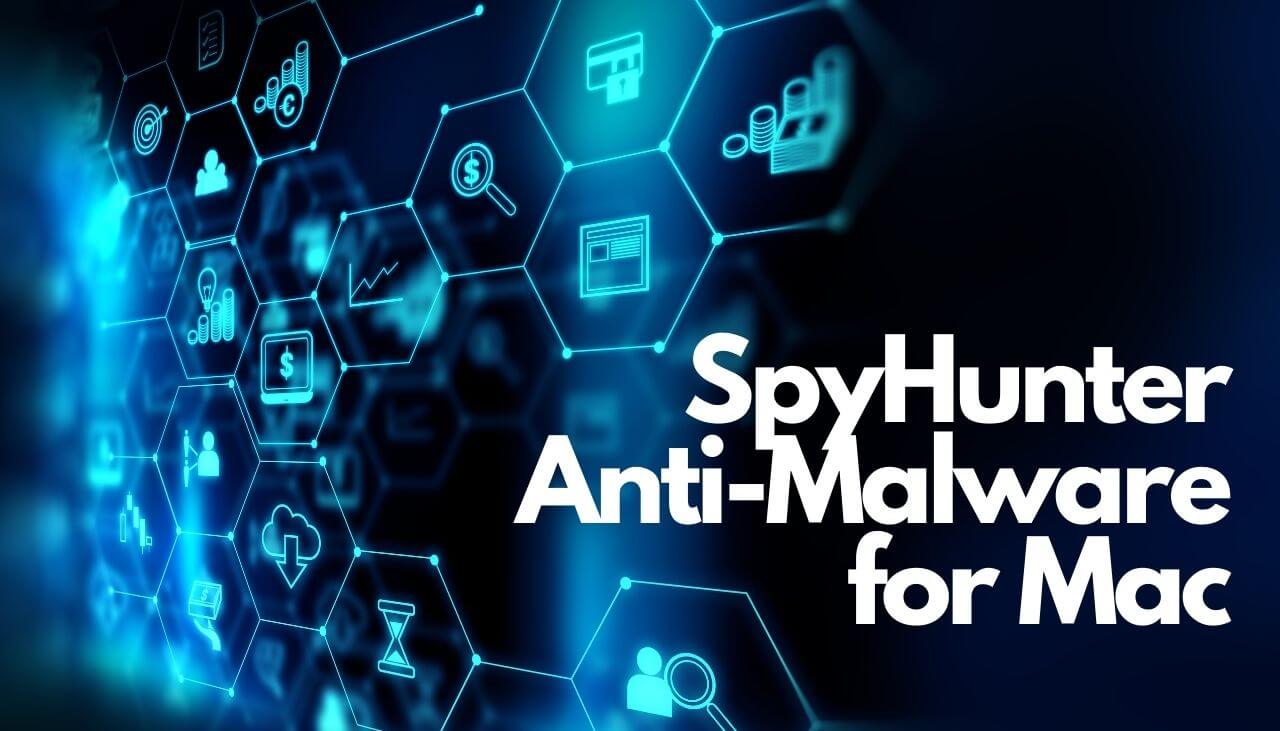










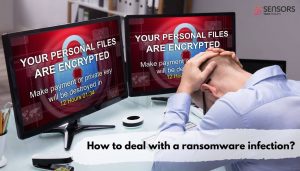

Is there any decryptor for .mme?